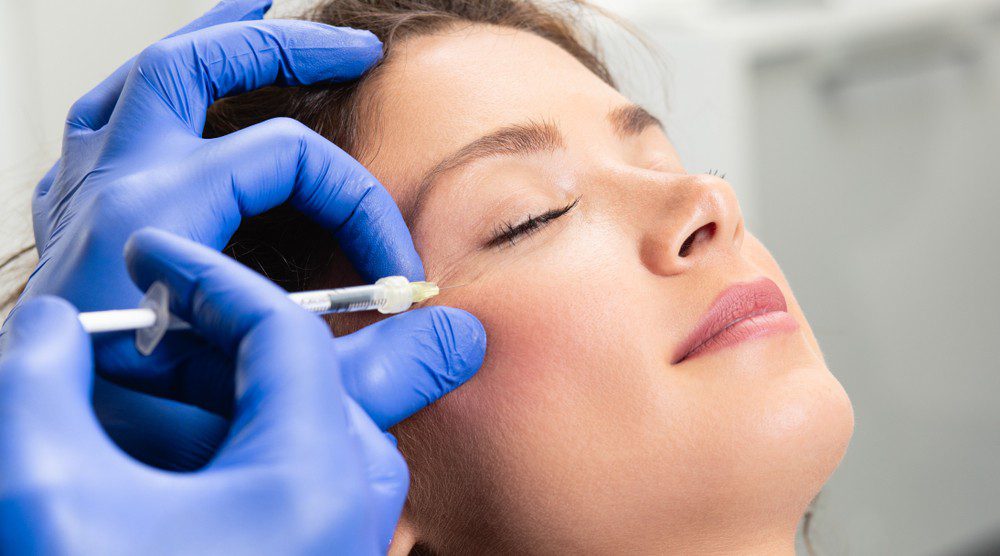TMJ Disorders - Diagnosis and Treatment

What is TMJ Disorder?
Temporomandibular joint disorder (TMJ) refers to a condition that affects the temporomandibular joint, which connects your jawbone to your skull. This disorder can lead to various symptoms and discomfort, impacting everyday activities such as chewing, speaking, and even sleeping.
Types of TMJ (Temporomandibular Joint Dysfunction)
TMJ disorders encompass a range of conditions affecting the temporomandibular joint. These include:
1. Myofascial pain: Involving discomfort or pain in the muscles that control jaw movement.
2. Internal derangement of the joint: Referring to a dislocated or displaced disc or injury to the condyle.
3. Arthritis: Inflammation of the joint, which can lead to pain and stiffness.
What are the Symptoms of TMJ Dysfunction?
Symptoms of TMJ dysfunction may vary from person to person, but commonly include:
• Jaw pain or tenderness
• Difficulty chewing or discomfort while chewing
• Clicking, popping, or grating sounds in the jaw joint
• Locking of the jaw joint
• Headaches or migraines
• Earaches or ringing in the ears (tinnitus)
• Facial pain or discomfort
What is the Cause of TMJ Dysfunction?
The exact cause of TMJ dysfunction is often unclear and can be multifactorial. Potential causes include:
• Trauma or injury to the jaw joint
• Teeth grinding or clenching (bruxism)
• Arthritis affecting the temporomandibular joint
• Misalignment of the jaw or teeth
• Stress or anxiety leading to muscle tension in the jaw
How to Treat TMJ Disorders?
Treatment for TMJ disorders aims to alleviate symptoms and improve jaw function. Options may include:
• Self-care measures: Such as eating soft foods, applying ice packs, and practicing stress-reduction techniques.
• Medications: Over-the-counter pain relievers, muscle relaxants, or anti-inflammatory drugs may be prescribed to manage pain and inflammation.
• Physical therapy: Exercises to strengthen jaw muscles, massage therapy, and techniques to improve jaw mobility.
• Dental treatments: Dental splints or mouthguards to reduce teeth grinding, orthodontic treatment to correct misalignment, or dental procedures to replace missing teeth.
• Surgical interventions: In severe cases, surgery may be considered to repair or realign the temporomandibular joint.
Types of TMJ (Temporomandibular Joint Dysfunction) Treatments
Non-Surgical TMJ Treatments:
Non-surgical treatments focus on conservative measures to manage symptoms and improve jaw function. These may include self-care measures, medications, physical therapy, and dental treatments.
Self-care measures include:
• Applying ice packs or moist heat to the jaw
• Eating soft foods to reduce strain on the jaw
• Avoiding excessive jaw movements such as chewing gum
• Practicing relaxation techniques to reduce stress and tension in the jaw muscles
Medications commonly used to manage TMJ symptoms include:
• Over-the-counter pain relievers such as ibuprofen or acetaminophen
• Muscle relaxants to alleviate muscle spasms and tension
• Anti-inflammatory drugs to reduce swelling and inflammation in the jaw joint
Physical therapy can help improve jaw function and reduce pain through:
• Jaw exercises to strengthen muscles and improve range of motion
• Massage therapy to release tension in the jaw muscles
• Manual manipulation techniques to realign the jaw joint
Dental treatments may be recommended to address underlying issues such as teeth grinding or misalignment:
• Dental splints or mouthguards to protect teeth from grinding and clenching
• Orthodontic treatment to correct bite alignment issues
• Dental procedures to replace missing teeth and restore proper jaw function
Surgical TMJ Treatments
Surgical interventions for TMJ disorders are typically considered when conservative treatments have failed to provide relief. Surgical options may include:
• Arthrocentesis: A minimally invasive procedure to flush out debris and reduce inflammation in the joint.
• Arthroscopy: A surgical technique using small incisions and a camera to visualize and treat joint problems.
• Open-joint surgery: A more invasive procedure involving a larger incision to repair or replace damaged joint structures.
• Joint replacement: In severe cases of joint damage, partial or total joint replacement may be necessary to restore function.
TMJ FAQs
What can I expect if I have TMJ dysfunction?
If you have TMJ dysfunction, you may experience varying degrees of jaw pain, difficulty chewing, clicking, or popping sounds in the jaw, and other associated symptoms. Treatment options are available to alleviate discomfort and improve jaw function.
How long does TMJ dysfunction last?
The duration of TMJ dysfunction can vary depending on the underlying cause, severity of symptoms, and effectiveness of treatment. In some cases, symptoms may resolve on their own, while others may require ongoing management.
Can TMJ disorder be cured?
While there is no definitive cure for TMJ disorder, many individuals experience significant improvement with appropriate treatment and management strategies. Early intervention and proper care can help alleviate symptoms and prevent the condition from worsening.
Can I prevent TMJ dysfunction?
While it may not be possible to prevent TMJ dysfunction entirely, there are steps you can take to reduce your risk and minimize symptoms:
• Practice good oral hygiene
• Avoid chewing gum excessively
• Limit hard or chewy foods
• Manage stress through relaxation techniques
• Seek prompt treatment for teeth grinding or jaw clenching
In conclusion, TMJ disorders can cause significant discomfort and impact daily life, but with proper diagnosis and treatment, individuals can find relief and improve jaw function. From self-care measures to surgical interventions, various options are available to address TMJ dysfunction and improve overall quality of life. If you suspect you may have TMJ disorder, it’s essential to consult with a healthcare professional such as the ones we have at SKIN111 for an accurate diagnosis and personalized treatment plan.
Most Popular:
-

Sciton HALO vs Sciton BBL
Read More »September 20, 2022 -

What is profhilo, and how is it different from fillers?
Read More »September 20, 2022 -

Body contour solutions from SKIN111
Read More »September 20, 2022 -

Does IV GLUTATHIONE therapy work
Read More »September 20, 2022 -

How can an IV drip help you boost your energy
Read More »September 20, 2022